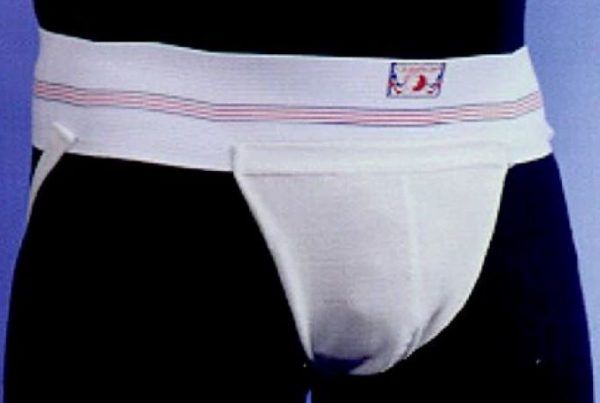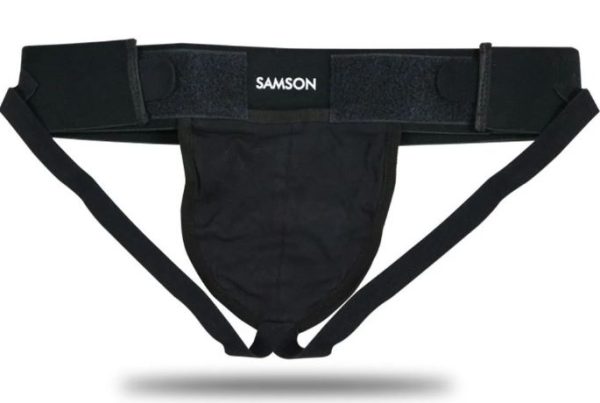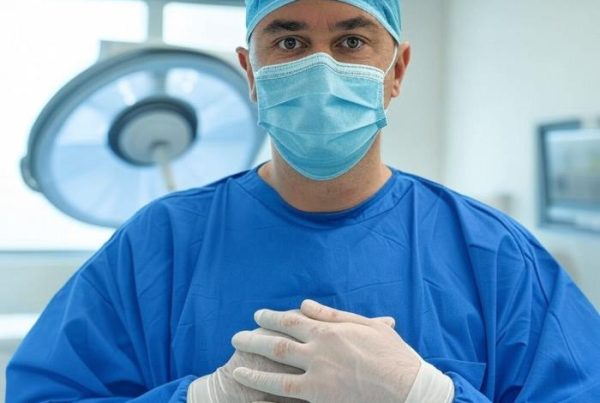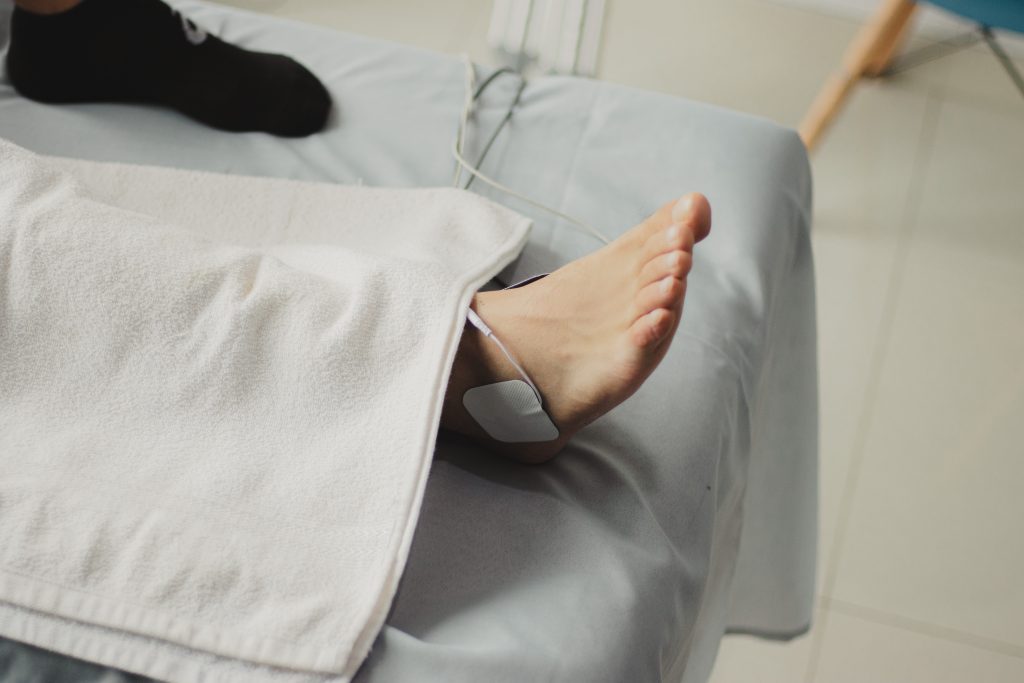
I mentioned in a previous article about Aaron Rodgers and how had a complete Achilles tendon tear. I further reiterated the importance of formulating a plan to get him back into the game, if possible. This includes a post-surgery game plan for Achilles tendon tears.
Creating a comprehensive recovery plan for NFL star players who have undergone surgery for this injury is a complex process.
The post-surgery plan should be tailored to the athletes themselves. It should center on their specific needs and goals, under the guidance of a team of healthcare professionals. These include orthopaedic surgeons, physical therapists, and sports physiotherapists.
Here’s a general outline of a recovery plan along with exercises that may be included:
Phase 1: Post-Surgery Rehabilitation
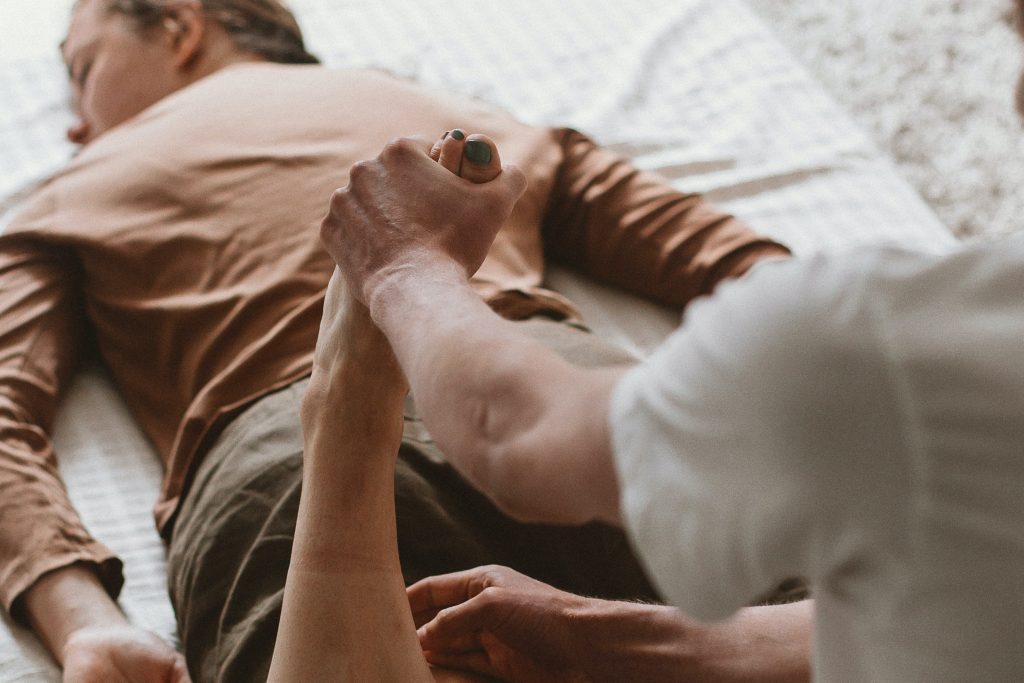
After the surgery that repairs an Achilles, players won’t recuperate instantly. During this time, they’ll need to be careful about their injured foot. Crutches are needed to keep any weight off of the injury. The stitches will be removed after around 10 days. Some light exercises, like the ones below, are for the gradual return of mobility:
Estimated Time:
By the 1st to the 2nd week of recovery (weeks 0-2)
Goals:
Reduce swelling, manage pain, protect the surgical repair, and maintain joint mobility.
Exercises:
- Ankle Range of Motion (ROM) Exercises: Gentle, non-weight-bearing movements to prevent stiffness. This includes ankle circles and alphabet-writing exercises with the toes.
- Isometric Exercises: Isometric contractions of the calf muscles without moving the ankle to begin building strength.
- Passive Stretching: Gentle stretching of the calf and Achilles tendon by a therapist.
- Pain and Swelling Management: Ice, compression, and elevation to control swelling and pain.
Phase 2: Early Weight-Bearing
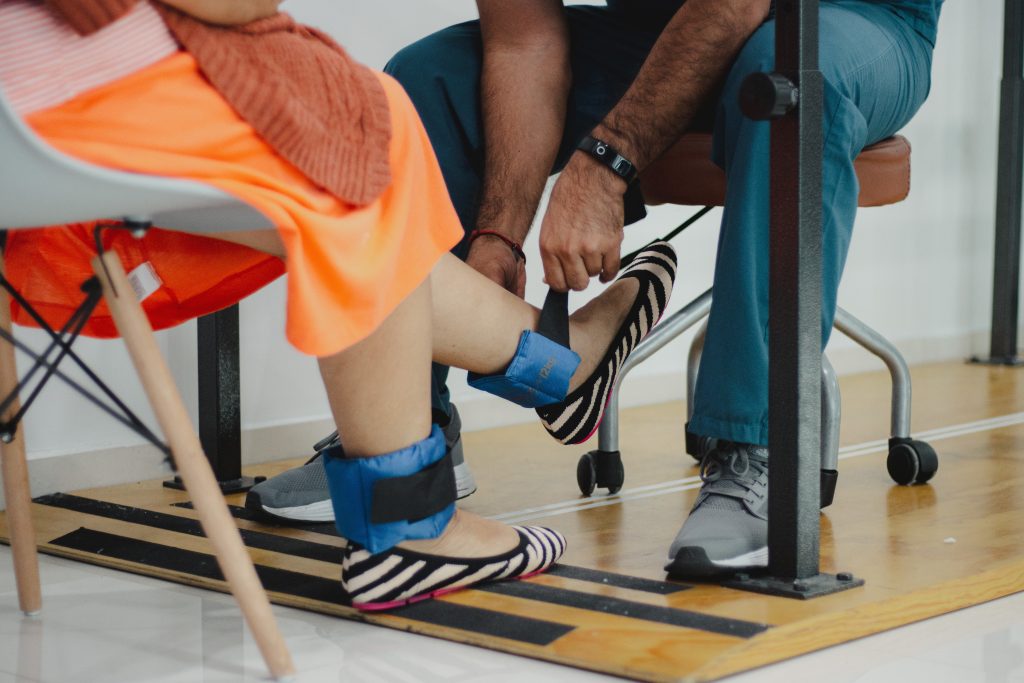
The recovery process continues after the first 2 weeks after surgery. At this point, an athlete’s Achilles can bear a little weight. Starting to walk with less help on crutches at this stage is normal, along with some weight-bearing exercises. The exercises below will be the additional change to the recovering player’s workout regime:
Estimated Time:
By the 2nd to the 6th week of recovery (weeks 2-6)
Goals:
Gradually introduce weight-bearing, regain strength and flexibility, and normalize walking patterns.
Exercises:
- Active Range of Motion: Begin active ankle and calf muscle exercises such as stretching the calf which in turn leads up to compound exercises such as squats.
- Partial Weight-Bearing Exercises: Gradual weight-bearing exercises like partial weight-bearing squats with assistance.
- Strengthening Exercises: Isotonic exercises for calf muscles, using resistance bands or light weights as tolerated.
- Gait Training: Progressively normalize walking patterns and reduce reliance on crutches.
Phase 3: Intermediate Strengthening
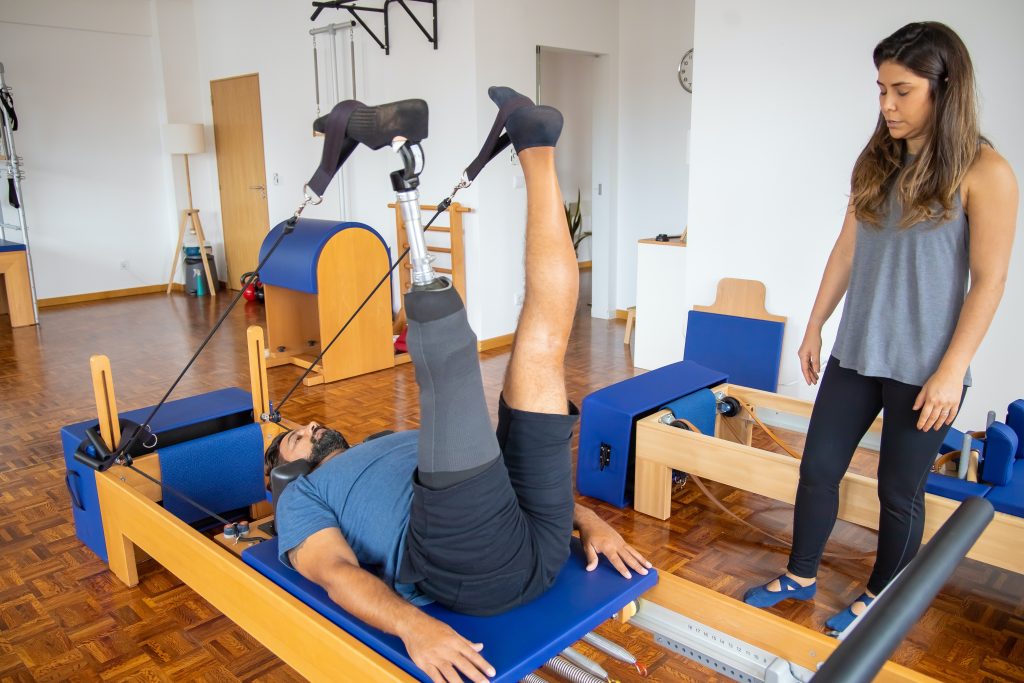
At this stage of the recovery process, it’s time to build up muscle. In this case, it’s to enhance the strength the Achilles can handle. Like the previous stage, this phase involves strengthening both the muscles in the foot and calf. Along with proprioception and balance practices, use the following for phase 3 of your game plan:
Estimated Time:
By the 6th to the 12th week of recovery (weeks 6-12)
Goals:
Build muscle strength and functional capacity, enhance proprioception, and improve balance.
Exercises:
- Calf Raises: Eccentric and concentric calf raises to strengthen the gastrocnemius and soleus muscles.
- Balance and Proprioception Drills: Exercises like single-leg balance on a foam pad to improve stability.
- Plyometric Exercises: Gradual introduction of jump drills to regain power.
- Sport-Specific Movements: Begin practising sport-specific movements like cutting and pivoting under supervision.
Phase 4: Advanced Rehabilitation
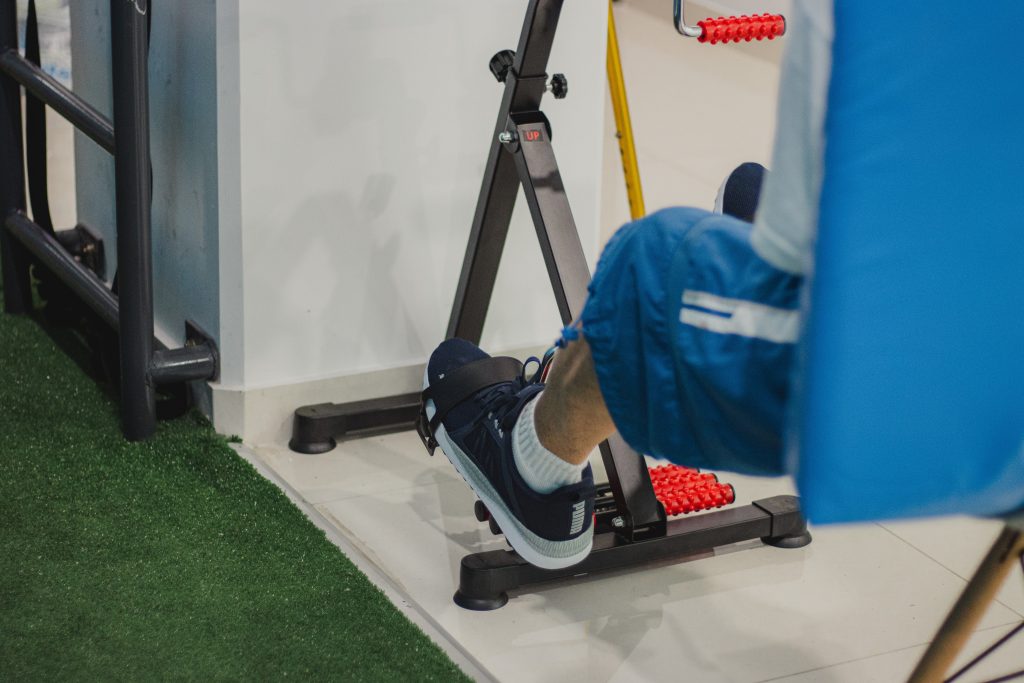
Phase 4 is the stage that involves drills. These drills should be related to the sport the athlete is involved in. If the player is planning to go back during the season or the next, then this is when they prepare. When it’s the 3rd month of a player’s rehabilitation, these are the exercises they need to go through:
Estimated Time:
By the 3rd to the 6th month of recovery (months 3-6)
Goals:
Prepare for a return to sport, including agility, speed, and power.
Exercises:
- Advanced Plyometrics: High-intensity jump drills and agility ladder work.
- Sprint Training: Gradually reintroduce sprinting and acceleration drills.
- Sports-Specific Drills: Position-specific training to simulate game scenarios.
- Injury Prevention: Continue with a comprehensive injury prevention program, including strengthening, flexibility, and proprioception.
Phase 5: Return to Play
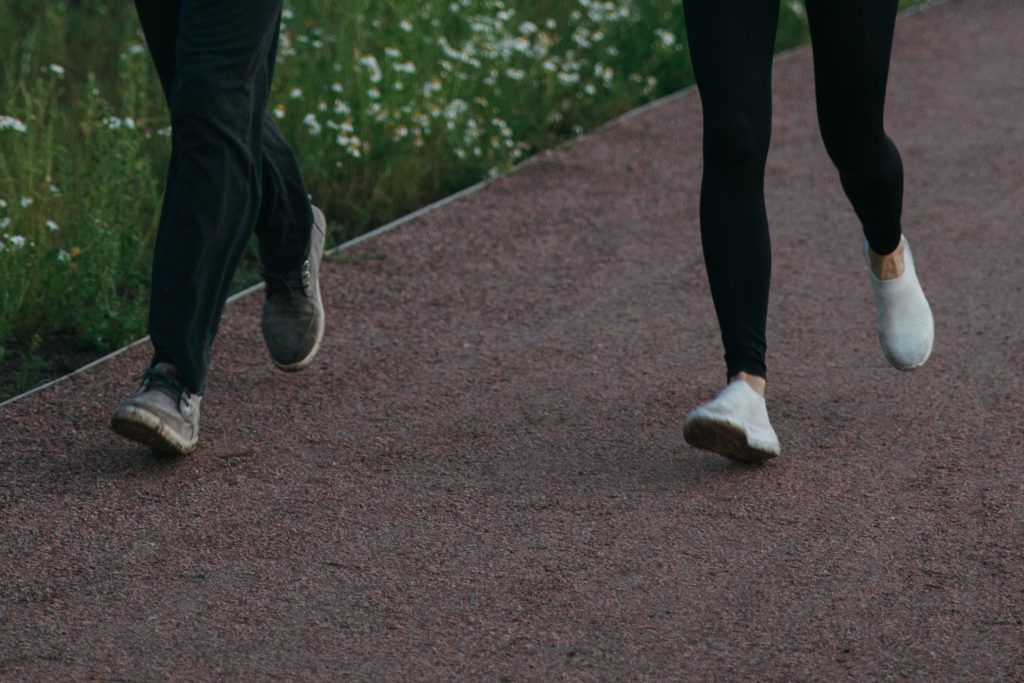
This is the stage when the athlete is almost well enough to go back to work. After a few months of preparation, a player is able to handle more rigorous training. In Phase 5, there are also included game simulations to see if they can handle a full game without assistance. An athlete has to do the following to fully check whether they have fully recovered:
Estimated Time:
By the 6th to the 12th month of recovery (months 6-12+)
Goals:
Achieve full functional capacity and confidence to return to NFL-level play.
Exercises:
- Full Contact Practices: Gradual reintroduction to full-contact practices under the guidance of the team’s coaching and medical staff.
- Game Simulation: Engage in full game simulation drills to assess readiness for competitive play.
In Conclusion
Throughout all phases in the post-surgery game plan, regular monitoring of progress, pain management, and psychological support are crucial. The recovery timeline can vary significantly among individuals. The player’s readiness to return to NFL games will be determined by the medical team based on objective criteria.
Please note that this is a generalized plan, and specific exercises and progressions will vary depending on the player’s condition. It’s also based on the surgical technique used and their response to treatment. It’s essential to consult with the player’s medical team for a personalized rehabilitation plan.

